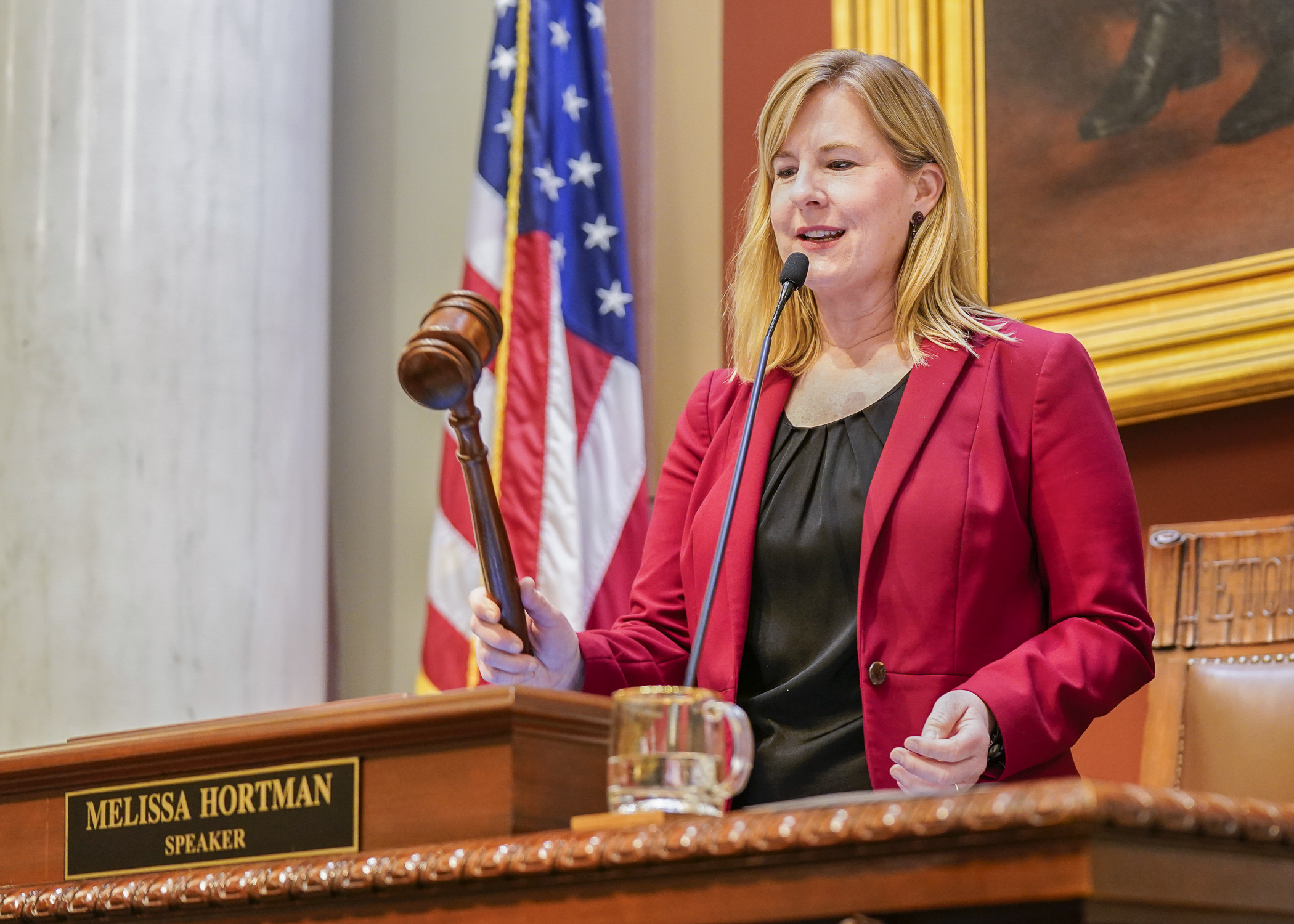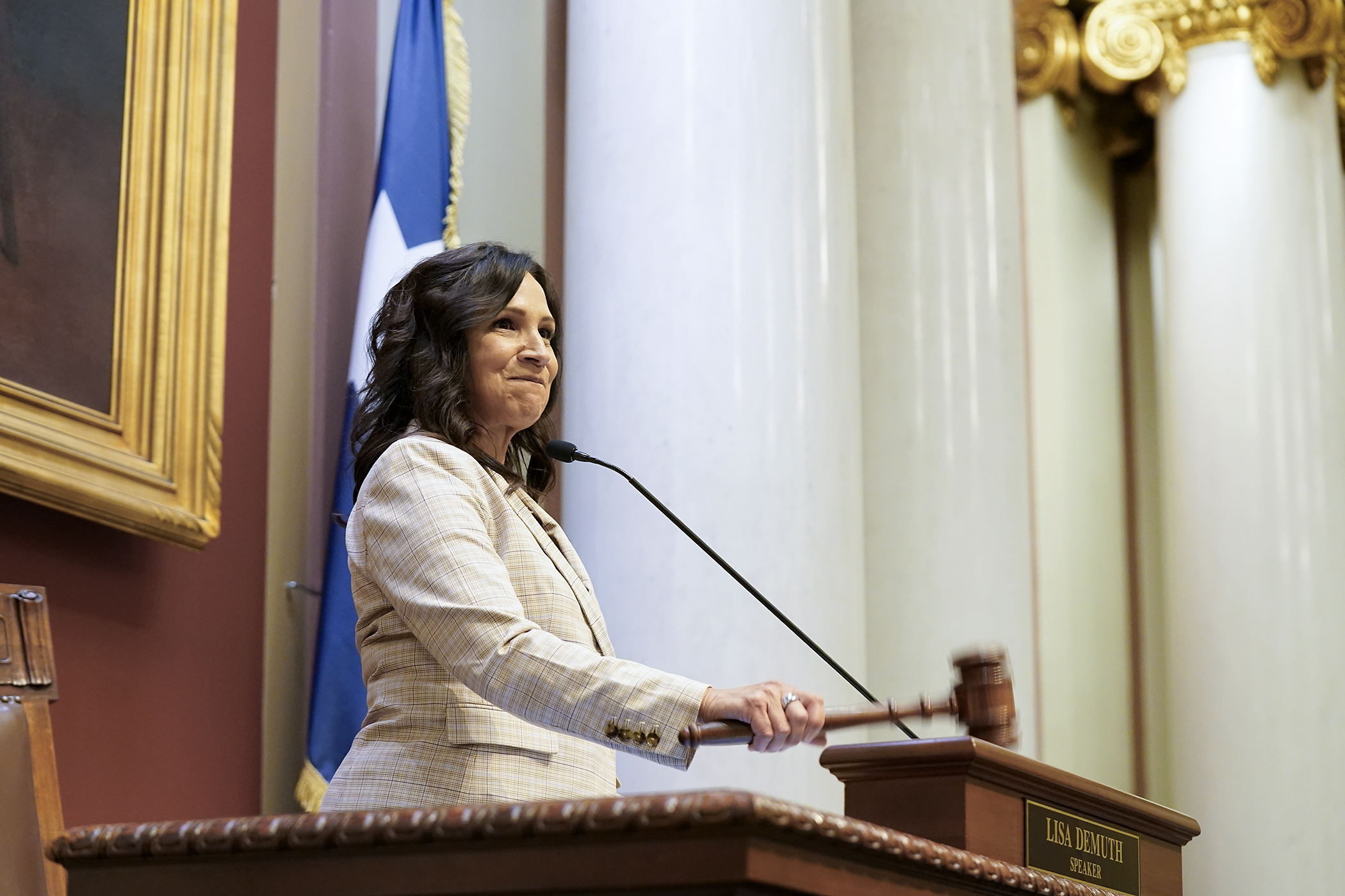Proposed PEIP changes that aim to lower costs, provide stability, receive strong House support
Per its website, “The Public Employees Insurance Program (PEIP) was created by special legislation to make a comprehensive package of medical, dental and life insurance benefits available to employees of Minnesota's cities, townships, counties, school districts and other units of local government. PEIP was designed exclusively to give public employees the comprehensive coverage they deserve; while giving public employers access to a high-quality benefits package that will attract and retain outstanding employees.”
The voluntary plan now covers about 17,000 employees and affects 35,000 lives.
Sponsored by Rep. Liz Olson (DFL-Duluth), HF3182/SF3204* would update state statute by increasing from two to four years the commitment groups in the program must make to participate in the pool. Participation would be automatically renewed for an additional four-year term — current law is two years — unless a notice of withdrawal is provided.
The bill would also lower the threshold for groups to exit the pool when premiums increase 20% or more from one insurance year to the next. Current law is 50%.
Passed 78-52 by the House Monday, the bill now goes to the governor. It was passed 45-22 by the Senate April 18.
“Many of our state’s educators are facing a crisis with high health care costs, threatening the economic security of themselves and their families. Stabilizing the PEIP insurance pool will result in lower health care costs for employees and save money for the state,” Olson said in a statement. “Because a share of these costs are covered by the state’s general education formula, the changes will also make additional resources available for Minnesota classrooms from which our students can benefit.”
The changes are based off a Minnesota Management and Budget analysis of the pool structure compared to other states with similar insurance programs for public employees. The office administers the program.
Olson said the changes would offer more stability to the pool based on what is working on other states which equates to lower health care costs for employees and the state, which ultimately covers some of these health care costs through its funding to school districts.
Related Articles
Search Session Daily
Advanced Search OptionsPriority Dailies
Speaker Emerita Melissa Hortman, husband killed in attack
By HPIS Staff House Speaker Emerita Melissa Hortman (DFL-Brooklyn Park) and her husband, Mark, were fatally shot in their home early Saturday morning.
Gov. Tim Walz announced the news dur...
House Speaker Emerita Melissa Hortman (DFL-Brooklyn Park) and her husband, Mark, were fatally shot in their home early Saturday morning.
Gov. Tim Walz announced the news dur...
Lawmakers deliver budget bills to governor's desk in one-day special session
By Mike Cook About that talk of needing all 21 hours left in a legislative day to complete a special session?
House members were more than up to the challenge Monday. Beginning at 10 a.m...
About that talk of needing all 21 hours left in a legislative day to complete a special session?
House members were more than up to the challenge Monday. Beginning at 10 a.m...